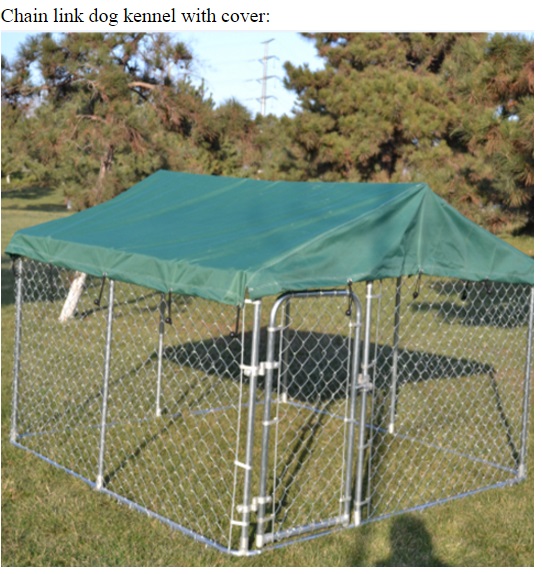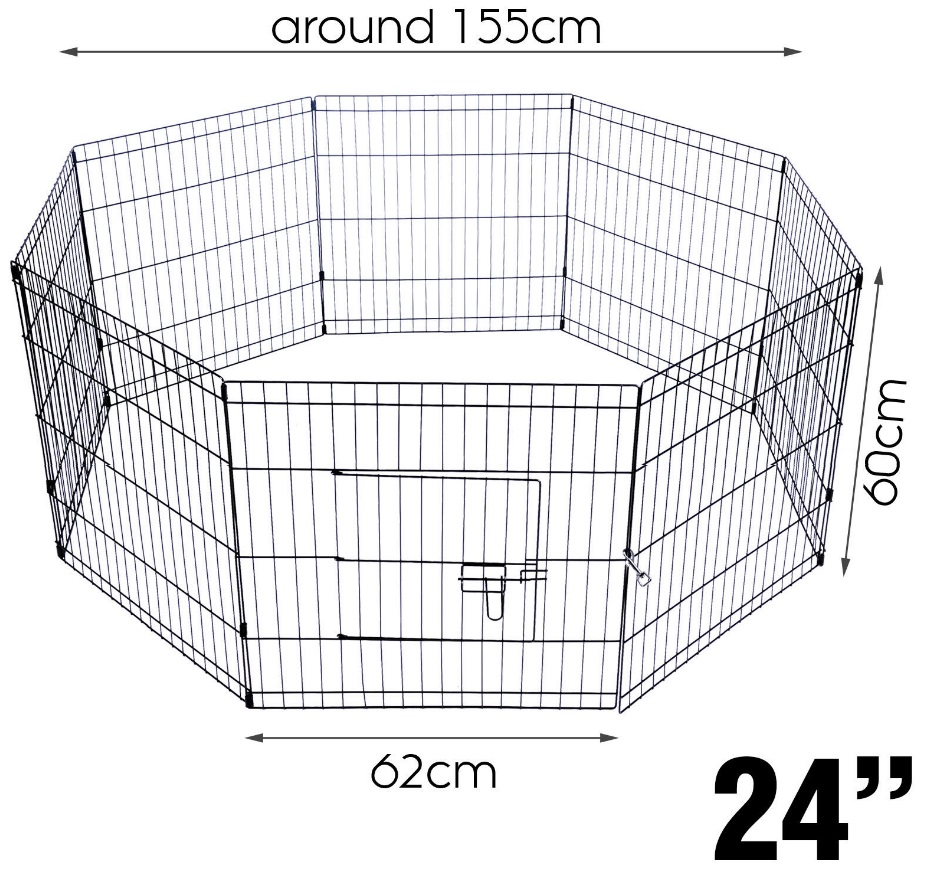In actual production, there are many aspects of soil destruction, so the target of soil remediation is also multifaceted. The vegetable grower should determine the target of soil remediation according to the severity of soil deterioration in the shed, and then formulate measures for soil remediation.
Repair of soil microbial imbalance
In actual production, soil-borne diseases such as root rot, stem-based rot, blight, and yellow blight have become more and more serious, indicating that the soil (micro) biomes have become unbalanced. For the repair of unbalanced microbial communities, the Northern Vegetable News believes that on the one hand, certain measures must be taken to kill harmful microorganisms, and on the other hand, beneficial microorganisms should be supplemented in time.
For the killing of harmful microorganisms in the soil, it is recommended that you take the first part of the measures. And many vegetable farmers said that the soil treatment effect is not good, because only the first step was carried out, and there was no follow-up of the second step. The second step is to supplement the bacteria.
In general, to restore the balance of soil microbial communities, it is necessary to choose a good microbial agent, but also a good method of replenishing bacteria, that is, to increase the dosage, continuous use, and avoid inactivation. At present, there are many excellent microbial preparation brands, such as antibacterial 968, Mumei Tuoli, Shengzhidao, Jiyu, Zhongnong Lukang and so on. Need to pay attention when using: First, according to the soil conditions, appropriate application. If the soil-borne diseases are very serious, the soil is fumigated, and the soil organic matter is sufficient, it can be appropriately increased on the basis of the recommended dosage. Second, the microbial agents should be used continuously. Generally, the beneficial bacteria can last for about 30 days in the case of good soil conditions, but they are not in actual production, so the microbial agents should be used continuously. The third is to avoid inactivation, that is, to maintain proper soil temperature and humidity after the use of the microbial agent, and to reduce the amount of fungicide into the soil.
Remediation measures for soil nutrient imbalance
Excessive fertilization is the main cause of soil nutrient imbalance in the current production of protected vegetables. Therefore, the main target of soil nutrient imbalance repair is to reduce the height, that is, reduce excess nutrients and make up for the lack of nutrients.
Before performing unbalanced nutrient repair, it is recommended to carry out soil testing to fully understand the abundance of soil nutrients and to purposefully repair them. Generally speaking, in addition to the newly built shed, nitrogen, phosphorus and potassium generally exceed the standard, that is, excessive use. According to the soil test results, the amount of NPK can be reduced. The general measure is to use continuously or reduce the amount of continuous use without derating, for example, 20-20-20 water-soluble fertilizer, when using 10 kg per acre, but use it at intervals; when using 5 kg per acre, it can be used continuously.
Reduce the amount of excess nutrients, and then make up for the lack of nutrients. It can also be found through soil testing. Relatively speaking, medium and trace elements are prone to lack of conditions. On the one hand, the micronutrient fertilizer in the bottom can be used to supplement the lack of nutrients in the soil. On the other hand, the antagonism of the excess elements on the medium and trace elements can be reduced. When the trace elements in the bottom application are not effective, the chelation can be performed through key nodes. The trace elements in the state are supplemented by foliar application of trace elements in the chelate state.
Remind the vegetable farmers that the repair of nutrient imbalance cannot take a one-time remedy, otherwise there will be an overcorrection.
Remediation measures for soil acid-base imbalance
In the protection of vegetable production, the direct cause of soil acid-base imbalance is caused by unqualified fertilizer or unreasonable use of qualified fertilizer, and its repair measures should be prioritized. For soils that have been acidified (alkali) or severely acidified (alkali), the appropriate soil conditioning product should be used. For soils with signs of acidification or alkalization, organic fertilizers and microbial fertilizers can be added to restore good soil structure and avoid acidification or alkalization. Need to do the following:
One is to reduce the amount of chemical fertilizer. Fertilizer is the main source of soil salinization. As long as the dosage is reduced and the fertilizer is applied reasonably, the soil salinization can be prevented from the “sourceâ€. Reducing the amount does not mean not applying it, but applying it scientifically and reasonably. The application of chemical fertilizers should be based on the results of soil nutrient determination in greenhouses and the fertilizer requirements of different crops. Based on the principle of balanced fertilization, the principle of lack of sputum and deficiency, and how much to make up.
The second is deep soil ploughing and straw returning to the field. When soil salinization is severe, it usually has characteristics such as compactness and poor gas permeability. In actual production, the soil layer structure can be broken by deep-turning the soil, and the topsoil with higher total salt content can be turned to the bottom layer to reduce the degree of soil salinization. At the time of each change, the application of 4000 kg of farmyard manure with high organic matter content can improve the content of soil organic matter and improve the physical and chemical properties of the soil. Field crop straw is used in greenhouse soils, which can adsorb and utilize mineral elements in the soil during the decomposing process, and also increase soil organic matter and improve soil permeability. In recent years, measures to return vegetables to straw in Shouguang, Shandong Province, can also improve soil organic matter.
The third is to supplement the beneficial bacteria. There are many products beneficial to microorganisms. For example, some Bacillus and actinomycetes have the ability to dissolve phosphorus and dissolve potassium, and have the ability to inhibit harmful bacteria in the soil; some strains can decompose cellulose and lignin in soil, and have the ability to fix nitrogen. and many more. They play a key role in improving saline-alkaline soils. The use of beneficial bacteria needs to be continuously used, because the soil environment itself is bad, and it needs to be continuously supplemented to improve the saline-alkali soil.
The fourth is water pressure salt. We can “take away†the high-concentration salt ions in the tillage layer by means of water flooding and through the soil capillary. It is recommended that after the vegetable is pulled out of the garden, the high temperature suffocating shed will be carried out together, that is, the first time to hit the ground, and then the large irrigation, suffocating shed, should be more than half a month. Or remove the shed film during the summer break period and use the frequent rain to wash the salt in the soil. However, you need to pay attention to protect the shed wall.
Remediation measures for harmful substances in soil
The harmful substances in the soil mainly include various organic acids and heavy metals. (Even sometimes, when a certain excess of nutrients causes the plants to grow normally, they can also be considered as harmful substances such as chlorine, sodium, copper, manganese, etc.)
The soil cultivated by protected vegetables enters harmful substances, mostly caused by the use of unqualified fertilizers. For example, inferior organic fertilizers can cause excessive levels of organic acids and heavy metals. Then, for soil contaminated by harmful substances, the relevant departments should be consulted and appropriate specialized soil treatment measures should be taken.
In production, it is necessary to prevent organic acids and heavy metals from polluting the soil. Vegetable farmers must choose qualified fertilizer products. Second, they can use chitin, silicon fertilizer and other products to prevent heavy metal pollution. It is understood that there are special silicon-containing products to settle heavy metals.
Dog run cage :
Material: Galvanized Pipe and mesh panel
Finishing:Hot dipped galvanized or powder coated
Size:2.3*2.3*1.2m
Weight:42kgs

Dog run fence
Panel size: 60cm*80cm/80cm*80cm
Pipe size:12mm*0.8mm,
Mesh size:50*150mm,
Wire diameter: 3.0mm,
Hot dipped galvanized+Powder coated

Metal Cage,Outdoor Large Dog Cage,Hot Dipped Galvanized Large Dog Cage,Welded Dog Kennel
HEBEI ZIFENG NEW ENERGY TECHNOLOGY CO.,LTD. , https://www.zifengpipeline.com